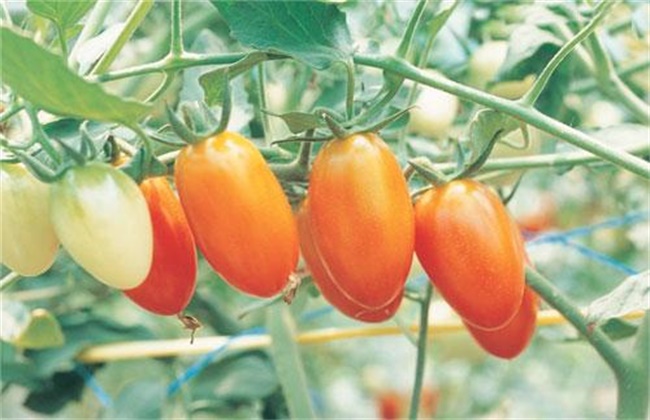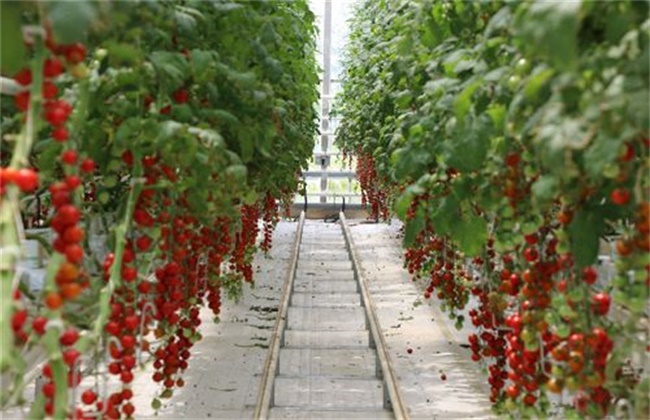How to wilt vegetables after planting
When planting vegetables in a large area, we often use the way of raising seedlings and transplanting, which can ensure and suitable planting density. Ensure the rate of germination and emergence. However, when transplanting seedlings, there is often wilting of the seedlings. At this time, it is disadvantageous to the growth of the seedling. In order not to let the seedling die, some improvements must be made. But the first thing to know is the cause of wilting. Let's take a look at it right away.

1. Planting preparation
Disinfect the soil before planting and spray the soil with 75% chlorothalonil 500 times solution. Then disinfect the seedlings, and the leaves should be sprayed with some fungicides to kill bacteria. Use farm manure instead of chemical fertilizer as base fertilizer. In order not to accumulate salt, deep ploughing is needed. Farm manure rotten and ferment to avoid the harm of eggs and germs, or to heat and burn seedlings in the soil. The use of biological fertilizer can reduce diseases. Ridging and planting to maintain a good structure.
2. Points for attention
What do you need to pay attention to in planting, pay attention to the same size, plant the same batch of seedlings, and choose seedlings without virus bacteria. Plant in the morning or afternoon on a sunny day. The planting depth should be moderate, not deep, not shallow, deep, the root system is not good to grow, shallow, the root is unstable, but some vegetables are suitable for deep, and some are on the contrary. The loose soil should be planted deeply, while the sticky soil should be planted shallowly. It can be dipped in rooting agent when planting.
3. Wilting phenomenon
The wilting of aboveground plants may be caused by retting roots, burning seedlings, too much water, flashing seedlings and diseases. Fertilization will burn the seedlings if it is not fully rotten. When too much watering, or soil consolidation, transplanting soon, the root system is weak, easy to rett root. The rapid distribution of water, the general flash seedlings are due to long overcast and sunny, the temperature rises too fast wilting. There are some soil-borne diseases, such as Fusarium wilt, root rot and bacterial wilt.
4. Improvement methods
Use fully mature farm manure, ridge planting, and watering the first few times after planting in the middle of the ridge height. After stagnant water, trenches should be dug for drainage and should not be watered for a short time. Build a sunshade net to gradually receive light after the weather is clear, which can avoid flashing seedlings. Disease, disinfection in the early stage, timely medication in the later stage of the disease.
Vegetables may wilt temporarily after planting, because the root system is damaged and there is a temporary lack of water, which usually gets better in a few days. But there may be a problem if it is still wilting a few days later.
Related
- Where is it suitable to grow horseradish in China? it is expected to see the middle altitude horseradish in Alishan.
- How to prevent tomato virus disease reasonably? (Control methods included)
- Many people like to plant towel gourd on the balcony. What are the main points of this method and management?
- What crops can chili peppers be mixed with?
- Fertilization techniques and matters needing attention in Tomato
- What are the grafting techniques for peach seedlings in spring?
- Harm and control methods of root swelling disease of Chinese cabbage
- What are the pests of sweet potatoes? How to prevent and cure it?
- Symptoms, causes and Control methods of navel Rot in Tomato
- The cause of "Cucumber rotten bibcock" in Farmers' planting Cucumber and its Control Plan



